KATHMANDU: Annapurna, a massif in the Himalayas in north-central Nepal, is a mountain range with several mountain peaks in it. These mountain peaks are Annapurna I (8,091 m), Annapurna II (7,937 m), Annapurna III (7, 555 m), Annapurna IV (7,525 m), Annapurna South (7,219 m) and Gangapurna (7,455 m) besides several other renowned peaks like Tilicho Peak (7,135 m), Nilgiri Himal (7,061 m), Machhapuchchhre (6,993 m), Hiunchuli (6,441 m) and Gandharba Chuli (6, 248 m).
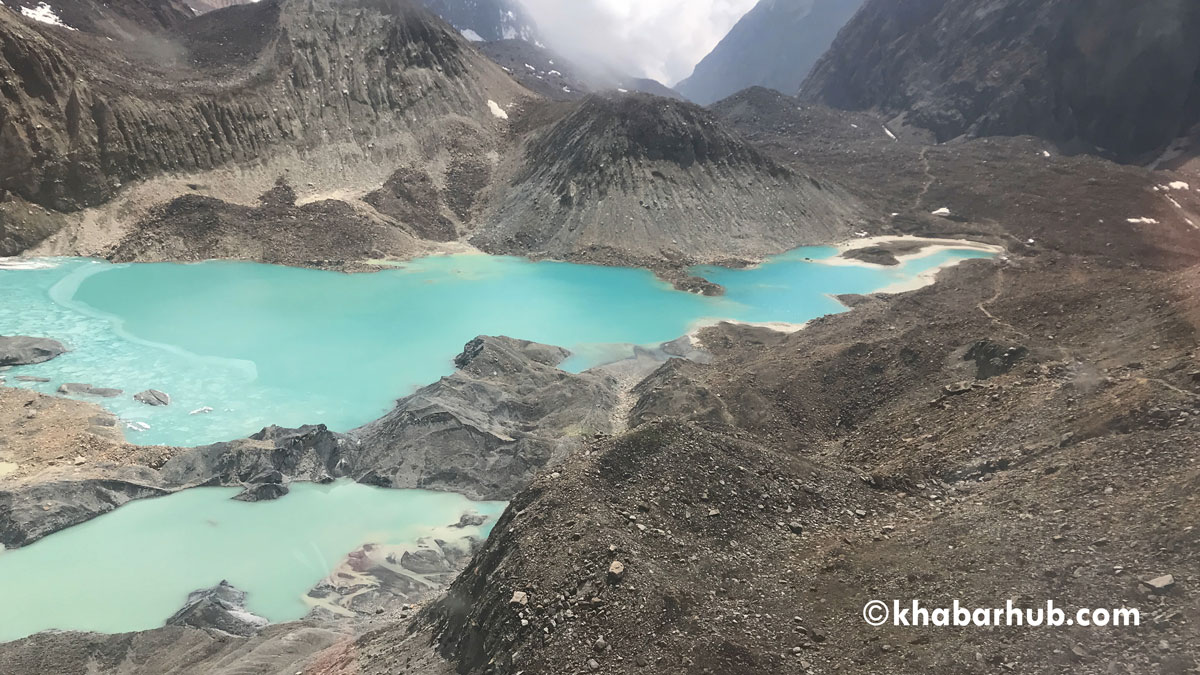
The massif is 55 kilometers (34 miles) long and is bounded by the Kali Gandaki Gorge on the west, the Marshyangdi River on the north and east, and by Pokhara Valley on the south. At the western end, the massif encloses a high basin called the Annapurna Sanctuary.

Annapurna in Sanskrit means “abundance of food” but is normally translated as ‘Goddess of the Harvests’. For Hindu Annapurna is “the universal and timeless kitchen-goddess”. She is the mother who feeds all of us and prevents starvation — a universal fear for all who take birth on Earth.

This is why Annapurna is worshipped as a universal goddess having a power of bestowing wealth which includes food also. She is also treated as Lakshmi — the Goddess of Wealth with the most popular shrine of hers located in Kashi (Varanasi, India) on the banks of river Ganga.
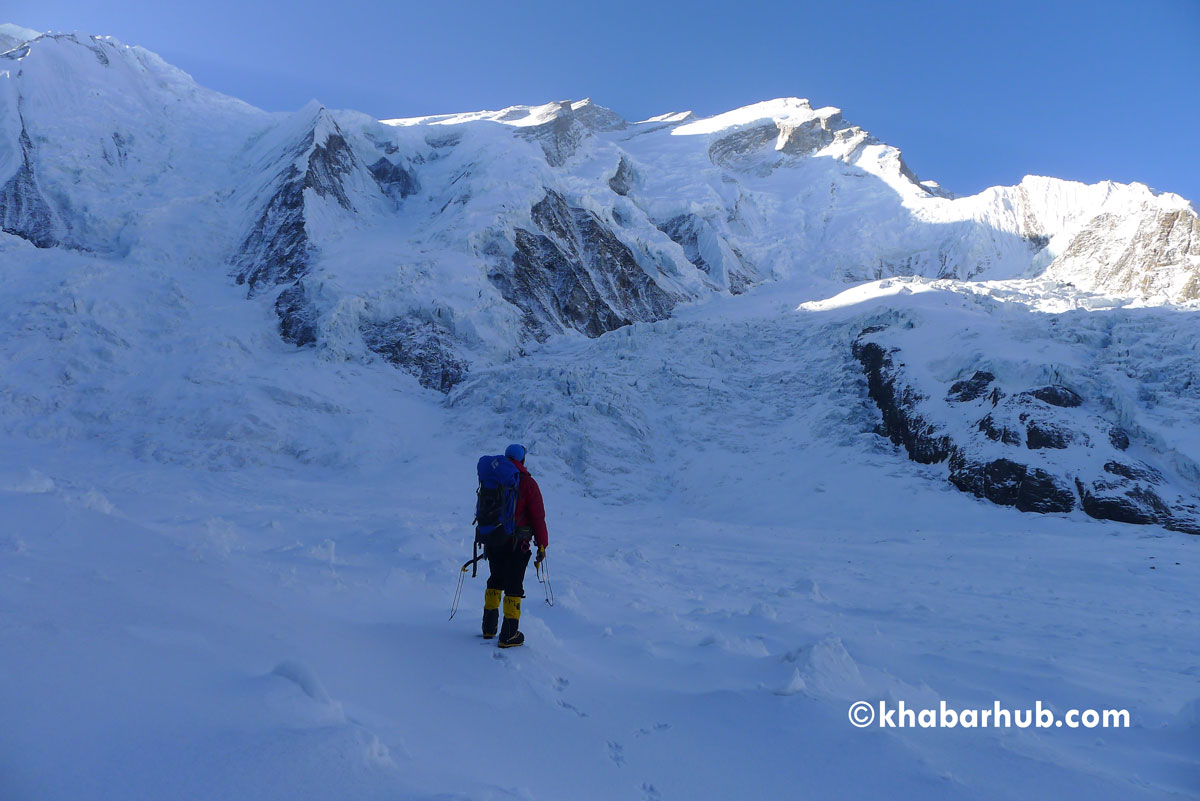
Early in the past, Annapurna peaks were among the world’s most dangerous mountains to climb. The bewitching natural beauty and dangerous topography in the region lure climbers and adventure lovers from around the world. Many elite climbers have tried their luck undertaking the attempt to scale the mountains in the Annapurna region.
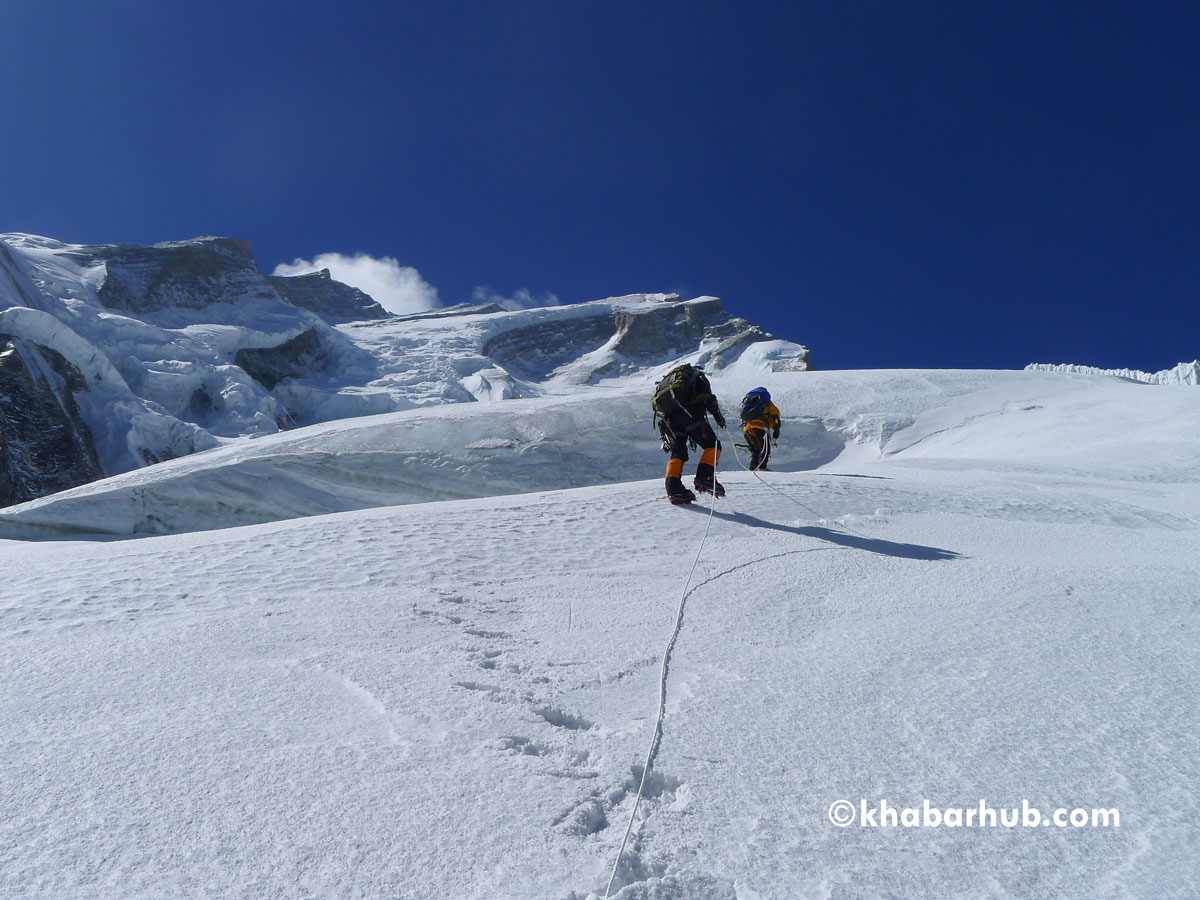
Just this year in 2019 several climbers scaled Mt Annapurna I — world’s tenth highest mountain successfully. Last week of April this year, 32 climbers (at least 15 expedition members and 17 climbing Sherpas) stood atop the world’s tenth highest mountain.
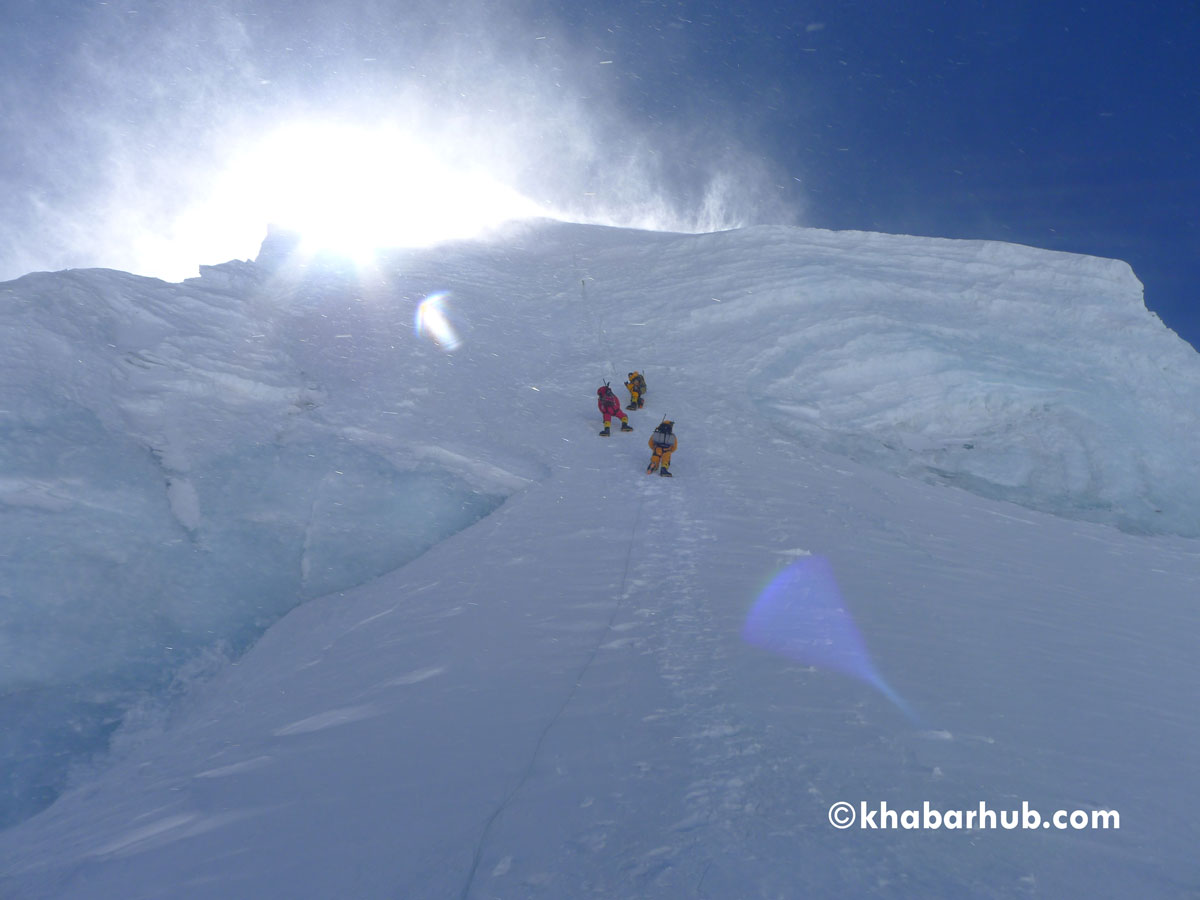
Annapurna I was the first 8,000m mountain peak which was climbed by a French Expedition led by Maurice Herzog on 3 June 1950. It is the first peak among the eight-thousanders to be climbed first. It took 20 long years for another team of mountaineers to reach the summit of the same mountain peak Annapurna I.
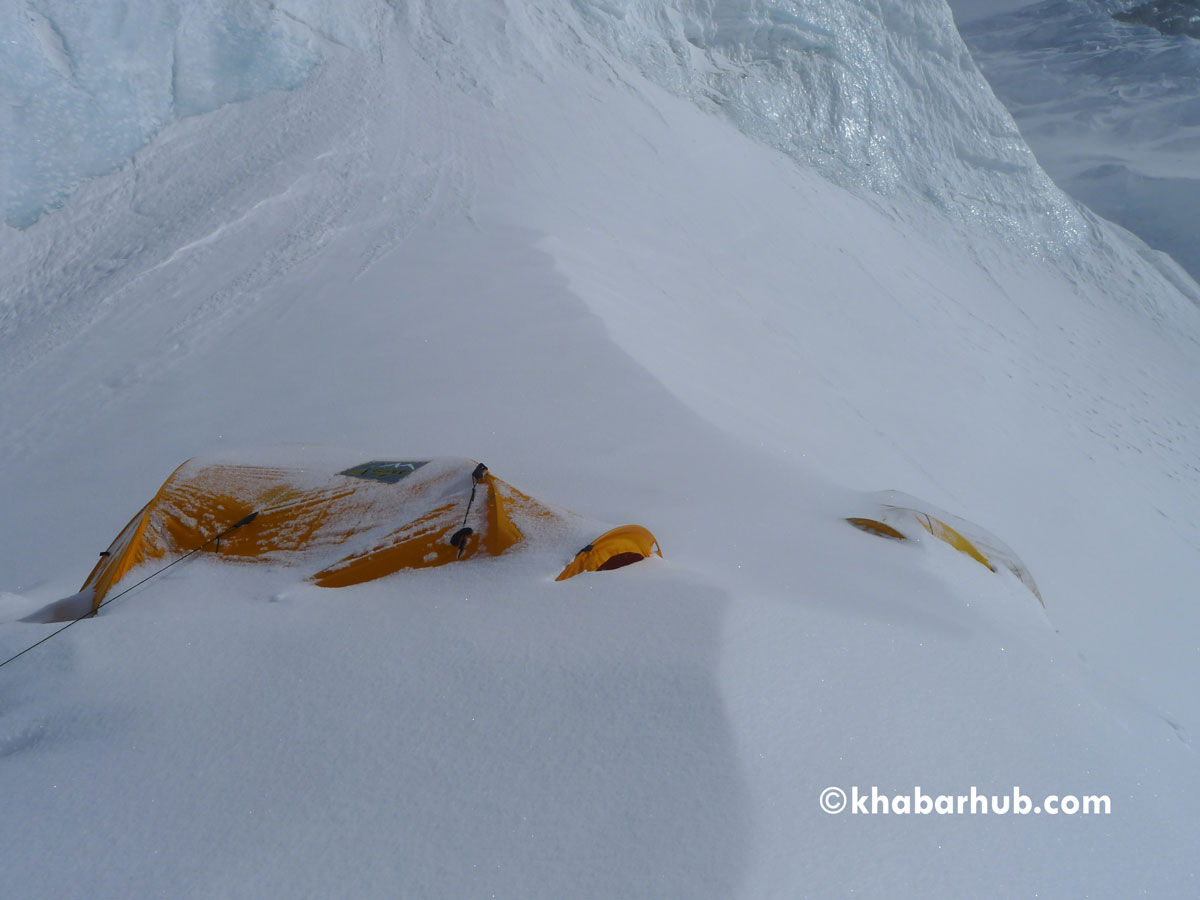
The second successful climb was led by the Chris Bonington in 1970 when his team of mountaineers scaled the mountain peak (Annapurna I). The event was a landmark in the history of mountaineering.
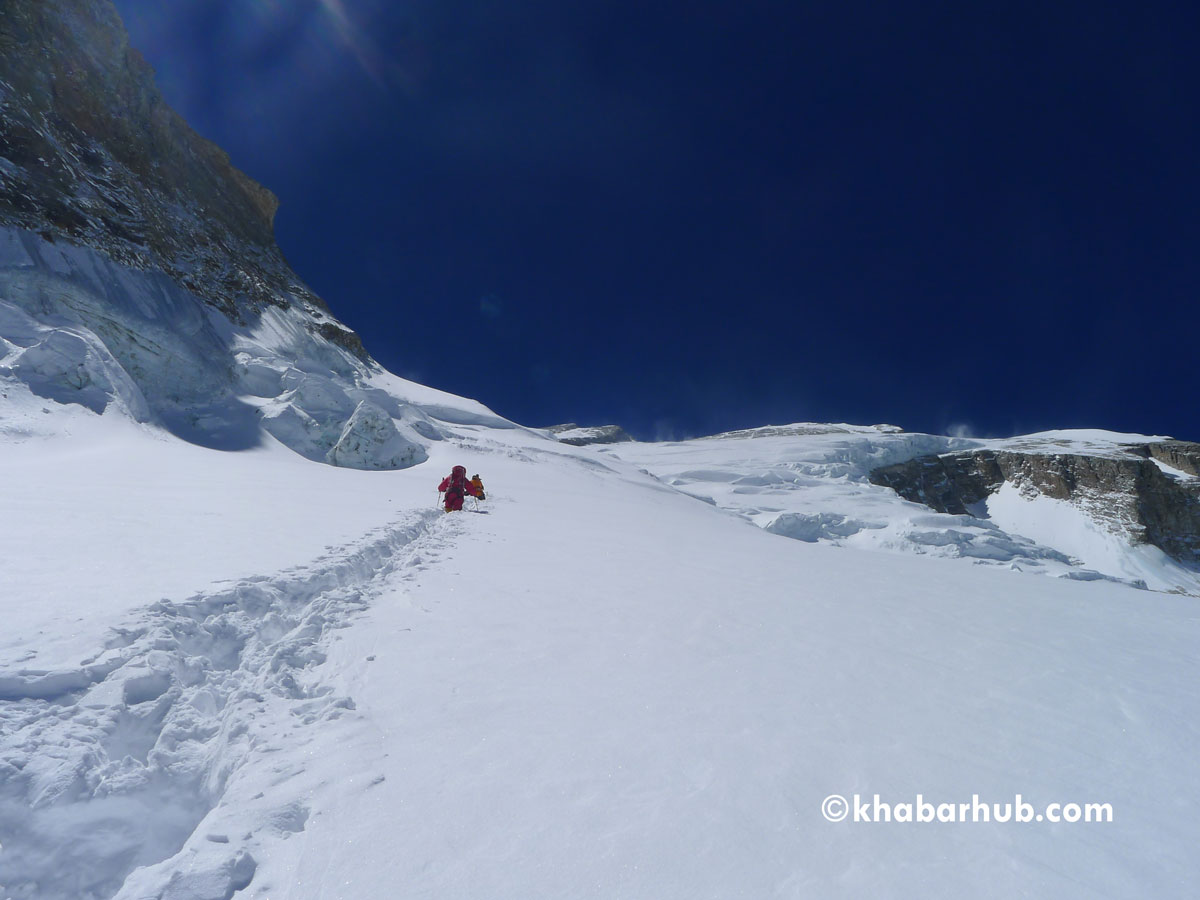
Though Annapurna I is one of the most famous mountain peaks of Nepal, it has been rarely climbed. No other mountains in the world have taken as many lives of climbers as Annapurna I did. Of all the elite climbers who dared to climb Annapurna I, more than one-third of them lost their lives in the attempt. This makes it the most-feared mountain peak in the world for adventure lovers and mountaineers.
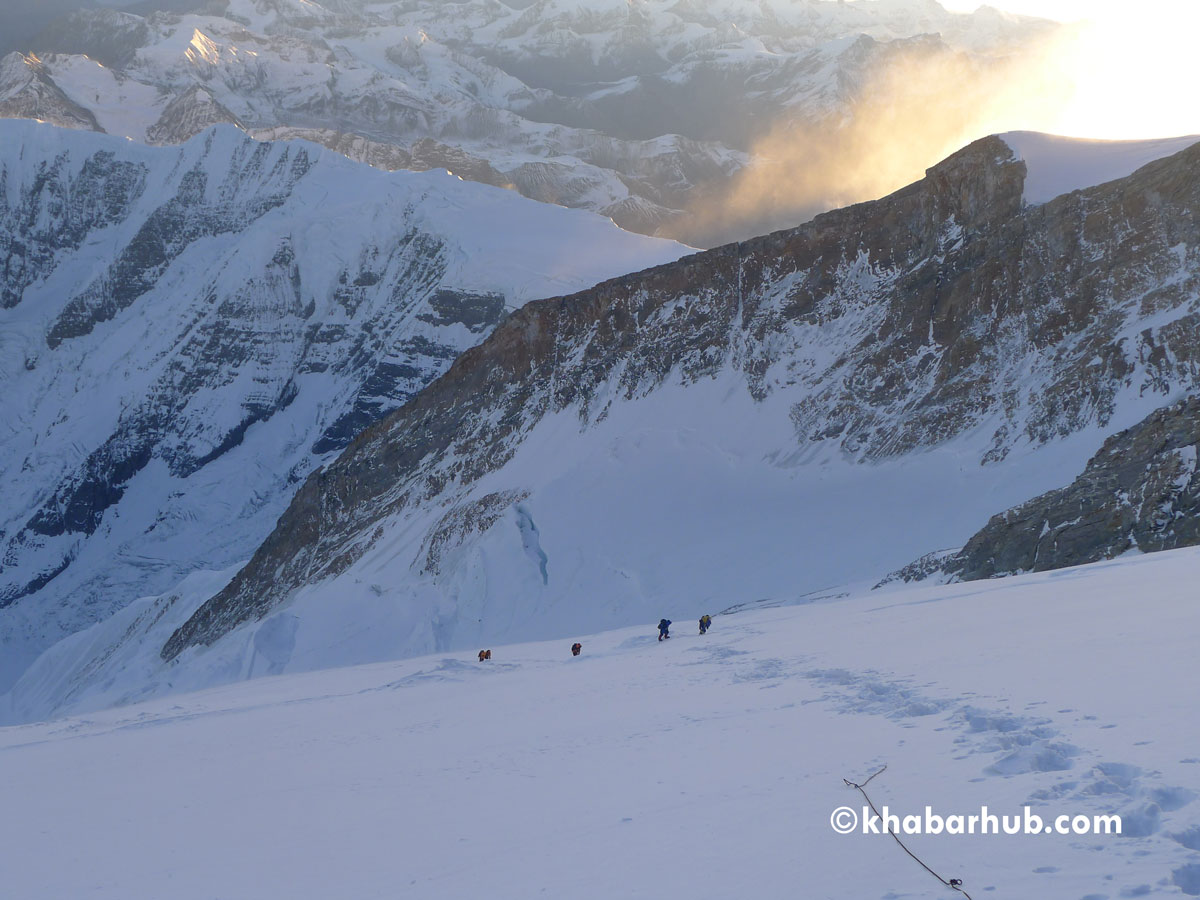
On June 3, 1950, a French expedition of Maurice Herzog and Louis Lachenal summited Annapurna but not without a price to pay. They lost their fingers and toes in frostbite and Lachenal underwent a series of surgeries due to his fall in a crevasse of Annapurna before he succumbed to the unhealed injuries 5 years later. Just to take figures from 1990 in the unofficial records, an estimate of more than 157 climbers had died in Annapurna I.
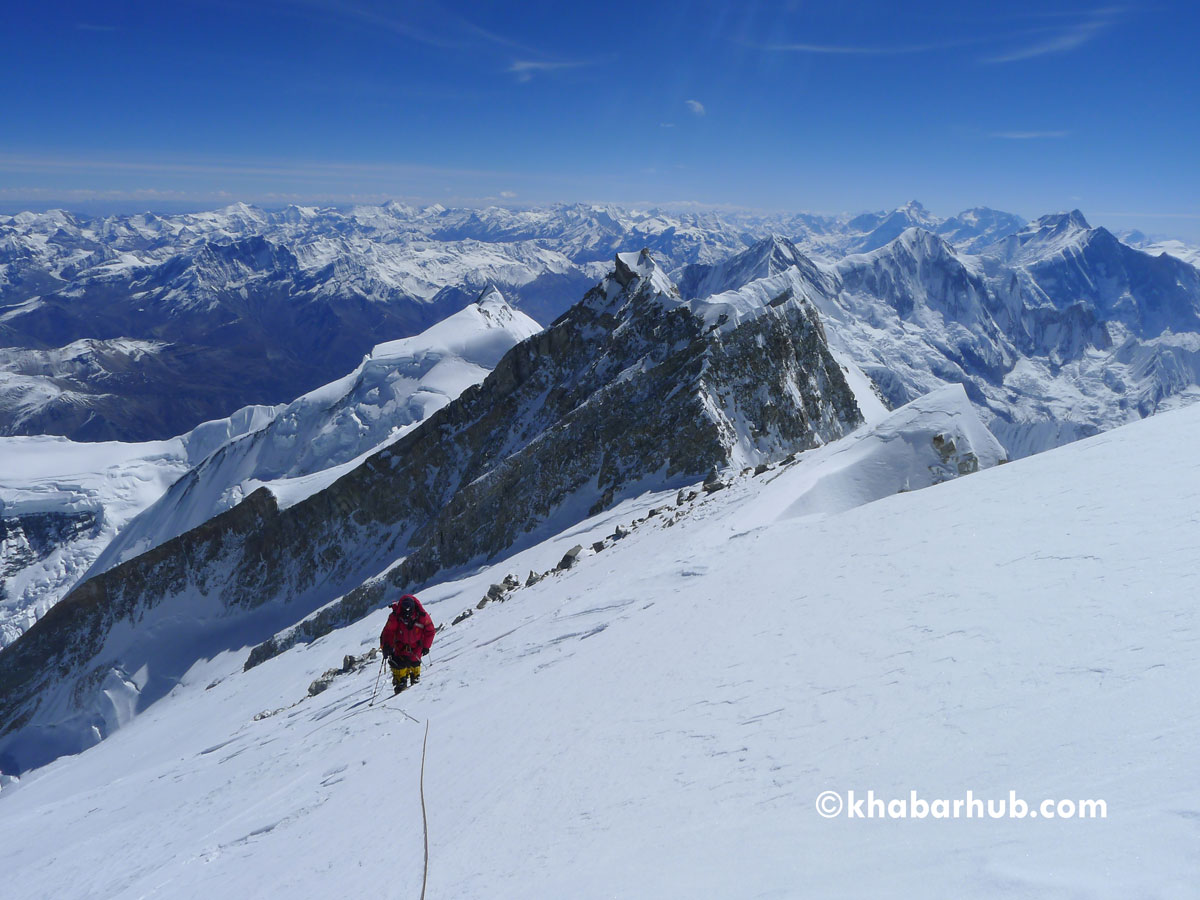
The entire Annapurna region makes it a very sensitive area in terms of environment protection and preservation of mountain ecology which also includes forest, flora, and fauna. Annapurna Conservation Area has spread in the area of 7,629-square-kilometre (2,946 sq mi). It is the first and largest conservation area in Nepal. The Annapurna Conservation Area is home to several world-class treks, including Annapurna Sanctuary and Annapurna Circuit.
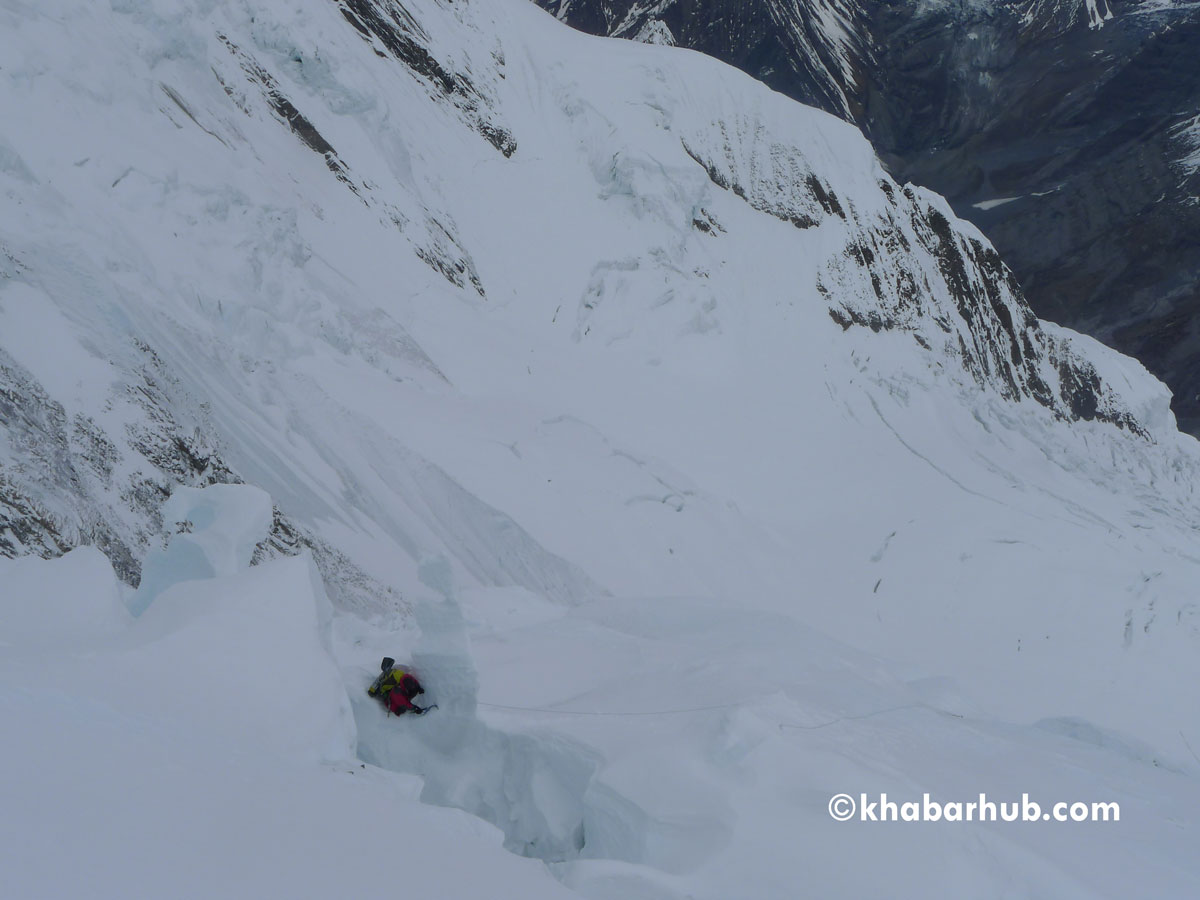
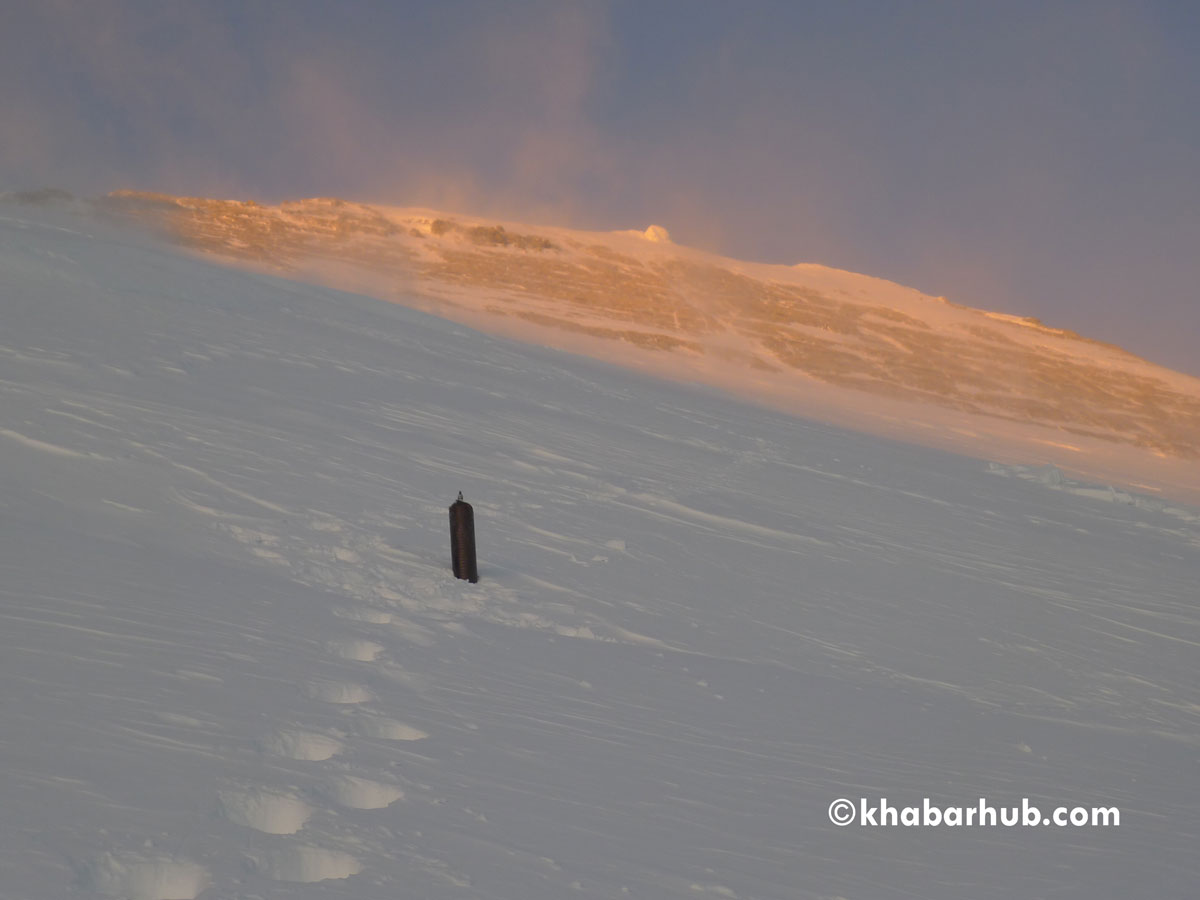
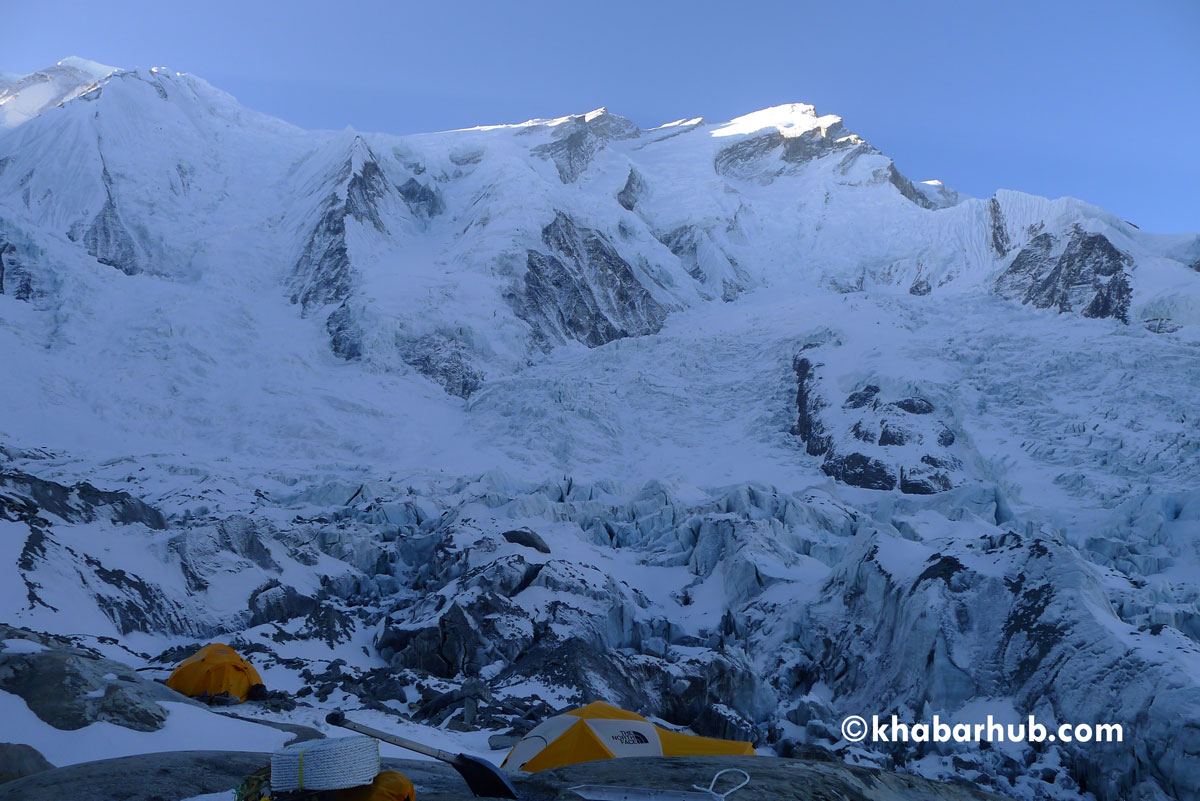


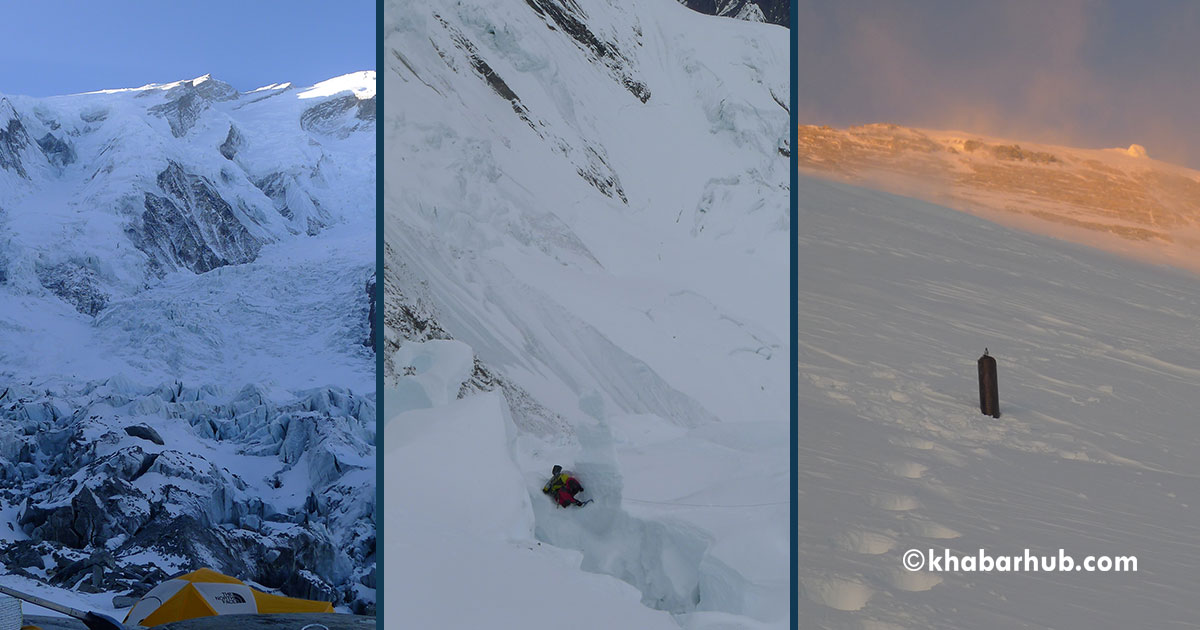






Comment